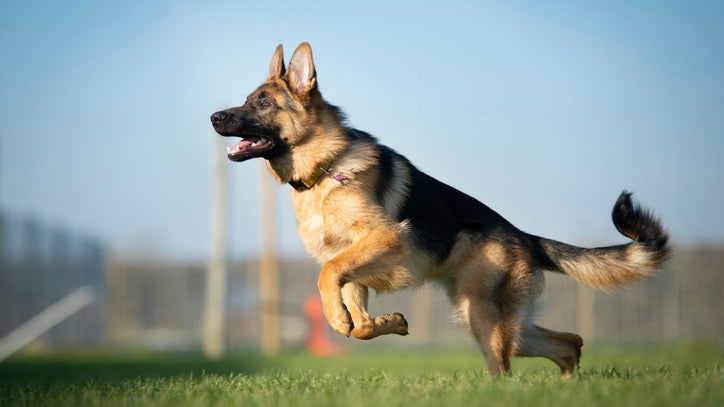
German Shepherd Crate Training: A Guide for Pet Owners
Share
Understanding the intricacies of German Shepherd crate training can be a transformative experience for both you and your dog. As a health-conscious pet owner, you want to ensure that your German Shepherd is not only well-behaved but also feels secure and happy. This guide will explore the benefits of crate training, the steps to take, and the best practices to ensure success.

Why Crate Training is Essential for German Shepherds
Crate training is not just about confining your dog; its about providing a safe and comfortable space that they can call their own. For German Shepherds, who are known for their intelligence and energy, a crate can serve as a sanctuary where they can relax and recharge. Moreover, a crate-trained dog is easier to manage and can reduce stress for both the pet and the owner.
German Shepherds are prone to separation anxiety, and crate training can help alleviate this issue by giving them a space where they feel secure even when you are not around. According to the American Kennel Club, crate training can also aid in reducing destructive behaviors that often arise from boredom or anxiety.
Steps to Successfully Train Your German Shepherd
Choosing the Right Crate
The first step in crate training is selecting the appropriate crate size. Your German Shepherd should be able to stand, turn around, and lie down comfortably in the crate. Too large a crate can lead to accidents, while too small a crate can be uncomfortable.
Introducing Your Dog to the Crate
Start by placing the crate in a common area of your home, and allow your dog to explore it at their own pace. Encourage them to enter by placing treats or their favorite toys inside. Positive reinforcement is key here; reward your German Shepherd with treats and praise whenever they enter the crate.
Establishing a Routine
Consistency is crucial in crate training. Establish a routine where your German Shepherd spends short periods in the crate, gradually increasing the time as they become more comfortable. Ensure that the crate is associated with positive experiences, such as feeding times or nap times.
Common Challenges and Solutions
While crate training can be beneficial, its not without its challenges. Some German Shepherds may resist crate training initially. Here are some tips to overcome common obstacles:
Dealing with Resistance
If your dog is hesitant to enter the crate, try feeding them their meals inside the crate. This can help them associate the space with positive experiences. You can also check out our Separation Anxiety Solutions for more tips.
Handling Accidents
Accidents may happen, especially in the early stages of training. Be patient and avoid punishing your dog for mistakes. Instead, clean the area thoroughly to remove any scent and continue with your training routine.
Benefits of Crate Training for Health-Conscious Owners
For health-conscious pet owners, crate training offers several benefits. It helps in maintaining your dog's physical and mental well-being by providing a structured environment. Moreover, it can aid in house training and prevent behaviors that could lead to health issues, such as chewing on harmful objects.
Crate training also promotes a sense of security, which can be crucial for a dogs mental health. A well-trained German Shepherd is less likely to develop anxiety or stress-related issues, making them happier and healthier in the long run. For additional insights, you can explore our Obedience Training guide.

FAQ Section
What is the ideal age to start crate training a German Shepherd?
Its best to start crate training your German Shepherd when they are a puppy, around 8 to 12 weeks old. However, its never too late to begin training an adult dog.
How long should my German Shepherd spend in the crate?
Initially, start with short periods of 10-15 minutes and gradually increase the time as your dog becomes more comfortable. Avoid leaving your dog in the crate for more than 4-6 hours during the day.
Can crate training help with my dogs anxiety?
Yes, a properly trained dog will see the crate as a safe haven, which can reduce anxiety levels. Consistent training can significantly alleviate separation anxiety and other stress-related behaviors.
To learn more about German Shepherds, visit this comprehensive guide. For additional training tips, check out our article on Biting and Nipping Control.
This article contains affiliate links. We may earn a commission at no extra cost to you.
